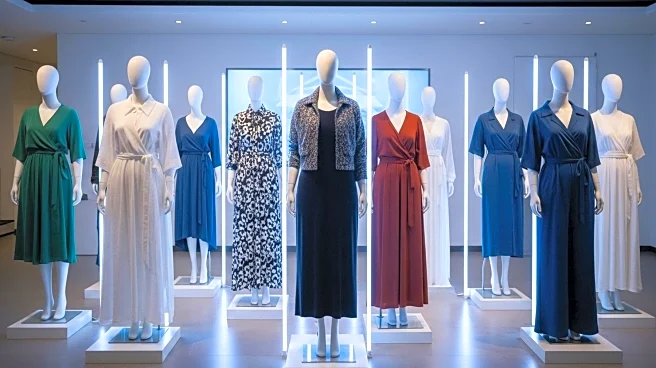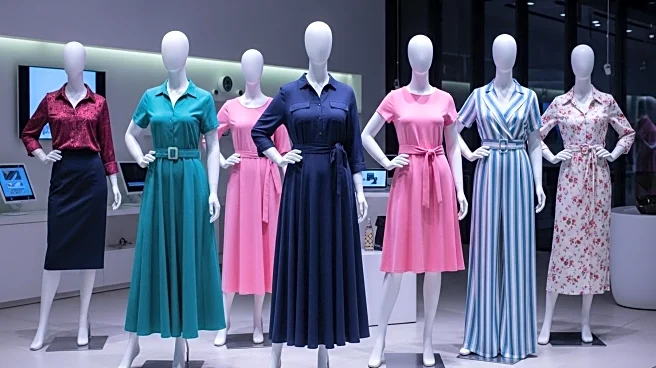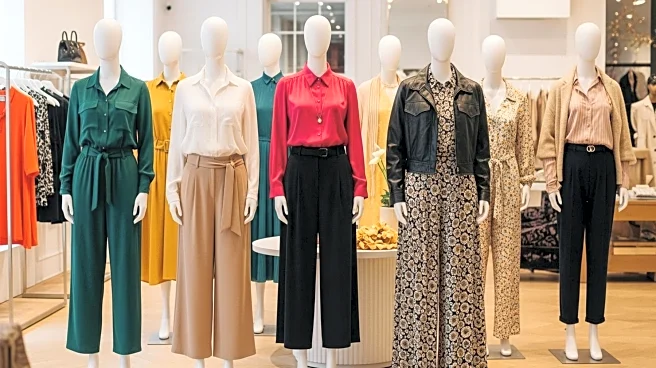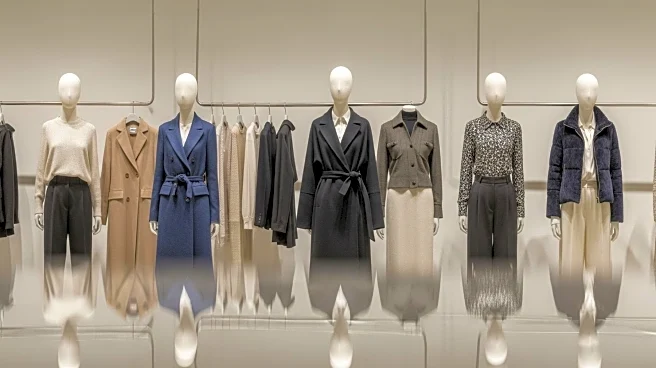What is the story about?
What's Happening?
Plus-size business owners are increasingly using advanced technologies such as AI and 3D scanning tools to enhance the accuracy of clothing fits and minimize returns. These technologies are being provided by B2B tech firms like True Fit and Size Stream, which offer virtual fitting tools and tailored size suggestions based on individual body metrics and shopping history. Brands like BloomChic are utilizing customer feedback and data analytics for product refinement, aligning closely with consumer expectations. The plus-size clothing market, valued at approximately USD 24-30 billion globally, has been largely ignored by major retailers, creating opportunities for small businesses to fill the gap. These entrepreneurs are building loyal customer bases by focusing on quality, fit, and personal touch, which are increasingly valued by consumers.
Why It's Important?
The use of AI and technology in the plus-size fashion industry is leveling the playing field for small businesses, allowing them to compete with larger brands. This technological advancement is making personalization affordable and accessible, enabling small businesses to offer better shopping experiences and build stronger customer relationships. As the plus-size market continues to grow, small businesses have the opportunity to carve out profitable niches in mid-range and premium segments, where customers are willing to pay more for quality and fit. This shift not only benefits small businesses but also empowers consumers by providing them with more inclusive and personalized fashion options.
What's Next?
Small plus-size businesses are poised to expand their reach by leveraging digital-first strategies and tapping into international markets. The Asia Pacific region, in particular, is projected to grow rapidly, driven by increasing consumer awareness and demand for inclusive fashion. Entrepreneurs who invest in AI-driven sizing tools and virtual try-ons early are creating competitive advantages, positioning themselves to capture market share before larger brands catch up. As the retail landscape shifts towards online platforms, small businesses can build robust digital presences that cater to evolving consumer preferences, further strengthening their competitive position.
Beyond the Headlines
The rise of small plus-size businesses highlights broader issues of inclusivity and representation in the fashion industry. These entrepreneurs are not only addressing fit challenges but also fostering communities that celebrate body positivity and shared values. This approach creates authentic relationships with customers, which big brands struggle to replicate. Additionally, the funding gap between female and male entrepreneurs remains a significant challenge, but it also drives innovation as founders find creative solutions to operate efficiently and sustainably.
AI Generated Content
Do you find this article useful?













